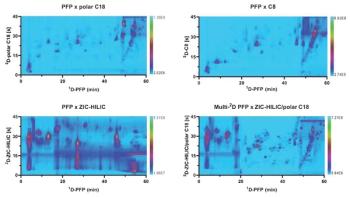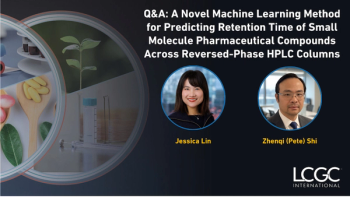
Investigating Tobacco Sucrose Esters Using Liquid Chromatographic Techniques
Scientists from Zhejiang, China recently conducted experiments meant to properly characterize sucrose ester isomers from tobacco samples.
In a new study published in the Journal of Separation Science, scientists from Zhejiang, China conducted experiments to properly characterize sucrose ester isomers from tobacco samples.
Sucrose esters (SEs) play a large role in tobacco’s functionality due to its nature as smoke flavor precursors. However, the structures of SEs are complex, making it difficult to separate and analyze SEs in tobacco, which can be especially problematic with massive SE structures. The scientists obtained fractions enriched SEs from oriental and flue-cured tobacco samples, which were obtained through a series of pretreatments. Two types of SEs (Types I and II) were identified via liquid chromatography-tandem mass spectrometry (LC–MS) analysis, with Type II SEs being newly characterized in tobacco samples.
Five types of SEs were purified with preparative high-performance LC (HPLC) coupled to an evaporative light scattering detector. Their structures were characterized using a variety of nuclear magnetic resonance spectrometry techniques, such as heteronuclear single quantum correlation and heteronuclear multiple bond correlation. This combination led to the proposal of the structures of eight SE isomers, four of which were newly identified. Researchers were empowered by the results, believing the findings to help further their understanding of SE structural diversity in tobacco.
Reference
(1) Zhu, J.; Yuan, K.; Xie, Y.; Liu, H.; Sun, C.; Feng, H.; Li, Q.; Pan, Y. Separation, identification, and structural characterization of sucrose ester isomers from tobacco. J. Sep. Sci. 2023, 2300415. DOI:
Newsletter
Join the global community of analytical scientists who trust LCGC for insights on the latest techniques, trends, and expert solutions in chromatography.




